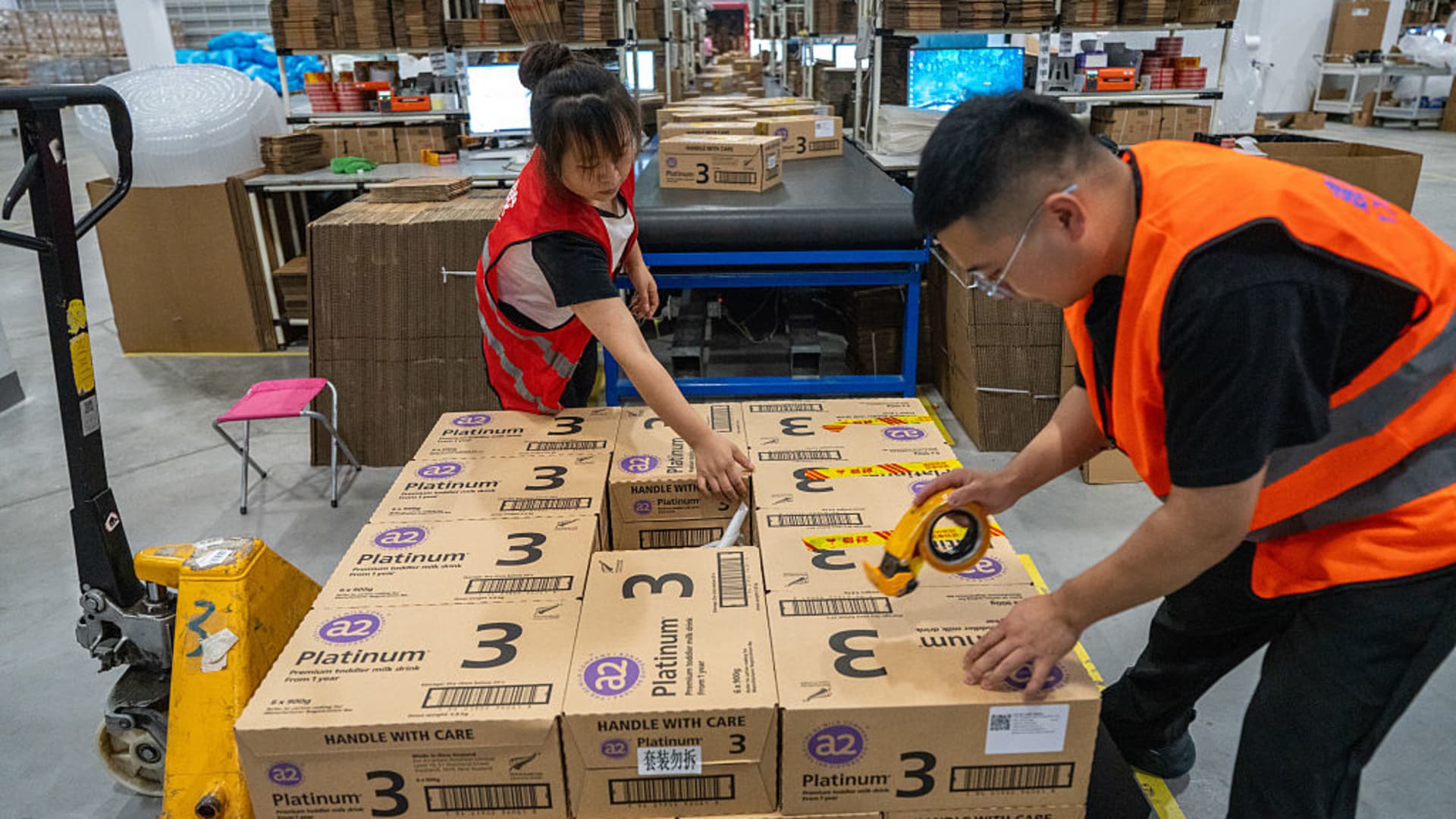At the stroke of midnight, 92% of all U.S. cargo shipments, and up to four million package daily, lost their duty-free status with President Trump’s removal of the de minimis exemption for low-value trade going into effect. Any imported goods sent through the international postal network that are valued at or under $800 will now be subject to applicable duties. While the winners and losers on the retail landscape and among consumers are debated, customs experts are warning the troubles facing small to medium-sized businesses that relied on the duty-free exemption are just beginning, and will be significant.
“When I think about the de minimis change, the message is clear: tariffs are now universal, regardless of value,” said Nunzio De Filippis, licensed customs broker and co-CEO of CargoTrans. “Every package counts. That’s a major change in how global e-commerce has operated for the last decade.”
The postal carrier or “qualified party” (e.g., USPS, Royal Mail, La Poste) that decides how duties are collected on packages moving through the postal stream must collects those duties from shippers or recipients and remits them to U.S. Customs.
The carriers have two methods to choose from — either a percentage of the country’s tariff rate (ad valorem) or a flat per-package fee, De Filippis explained. With the flat rate, there are three tiers: $80 if the IEEPA tariff rate — the trade duties put into effect by Trump using emergency economic powers — is under 16% (such as EU goods at 15%); $160 if it’s between 16% and 25% (such as Vietnam at 20%); and $200 if it’s above 25% (such as India at 50% or China at 30%). After a six-month transition period, the flat fee option goes away and all packages will be subject to the percentage tariff rate only.
According to Marianne Rowden, trade attorney and CEO of the E-Merchants Trade Council, which represents e-sellers and companies that support e-commerce, the total increase in cost to be paid by small and medium-sized businesses may reach over $71 billion, calculations that she said are based on an average value per package of $48 and data from the U.S Customs and Border Protection for fiscal year 2025.
Availability of air freight for U.S. shippers will also change.
The number of government postal offices shutting the door on shipments bound for the U.S. has grown to include Swiss Post, Japan Post and postal services in Australia, India, New Zealand, the U.K. and other parts of Europe that announced they are suspending shipments.
Deutsche Post and DHL Parcel Germany, both divisions of DHL, stopped U.S.-bound shipments on August 25.
“For shippers, this brings increased costs, complexity, and the need to adapt shipping setups to comply with new customs requirements. They may also face longer processing times and additional administrative steps when importing lower-value goods,” said Andrew Williams, CEO for DHL Express Americas, who told CNBC it will continue to process inbound shipments to the United States in accordance with the applicable customs rules and regulations. “Our main priority remains to protect our core service commitment to customers and to minimize any disruption that arises from changes in tariff and trade policy, while remaining compliant with applicable customs rules and regulations,” Williams said.
Ryan Elliott, chief operating officer at Everstream Analytics, said these global postal changes may catch smaller businesses by surprise. “We’ve already seen a number of countries, especially in the EU, pause deliveries to the U.S., explaining that they need more time to work through how they’ll collect and transit duties and data,” said Elliott. “Small businesses may not be aware of the changes, and many will be caught off guard. But, when the dust settles, my best guess is that many will struggle to comply as they simply don’t have the resources to manage through customs requirements,” he said.
Josh Teitelbaum, an international trade expert at Akin, and former U.S. Commerce official, said the way this new tariff change is being implemented is leading to global confusion. “With many of the world’s postal services temporarily suspending service to the U.S., ultimately, consumers and small businesses will be the ones that see increased costs or shipping delays as we undergo more changes to trade policy,” he said.
Ronald Kleijwegt, CEO at Vinturas, a global supply chain collaboration network serving global manufacturers and OEMs like Mitsubishi and The Association of European Vehicle Logistics, said small businesses will feel the most pain. “What was once a straightforward cross-border trade is now full of uncertainty,” he said. “Larger companies may have the resources to adapt by absorbing costs, rerouting logistics, or investing in compliance. Smaller businesses often do not, which can limit their opportunities, slow innovation, and reduce consumer choice,” he added.
Concerns about the financial health of small businesses are growing. Jacob Bennett, co-founder of small business banking consultant Crux Analytics, said the conversations it is having with the banks and credit unions are about the impact of the trade volatility on U.S. small businesses. “We are trying to help them navigate all of these changes,” said Bennett. “So many small and medium-sized businesses operate on such thin margins and don’t have the pools of capital that they can fall back on and extend their runway, so many small businesses will unfortunately suffer because of these changes,” he said.
In its explanation for the de minimis elimination, the White House has stressed that over the past decade, the volume of de minimis shipments to the United States exploded, growing from 134 million shipments in 2015 to over 1.36 billion shipments in 2024. Low-cost Asian retail e-commerce companies had been among major beneficiaries of that boom, such as Shein and Temu. In addition, the Trump administration says de minimis shipments accounted for 90% of all cargo seizures in fiscal year 2024. “These shipments often broke the law, with 98% of narcotics seized from cargo falling under the de minimis exemption, as well as 97% of counterfeit items seized,” it stated in a document on the new trade policy.
But for small businesses, the primary fear is that the additional duties will eat into their already thin margins and potentially force them to raise prices.
Shippers that have leveraged de minimis will not have all of the tariff mitigation strategies available that bulk importers have, according to Brian Bourke, chief commercial officer at SEKO Logistics, and he says its elimination will create two likely impacts for consumers: higher prices and less reliable delivery. Bourke said businesses will likely pass on new duty costs for the low-value goods that transit into the United States, and the increased data requirements for the postal channels may lead to delays depending on how the other countries’ postal operators are able to handle and manage these new requirements.
“Large businesses that rely on small businesses should immediately get to work figuring out which suppliers they rely on for what and do what they can to either help them comply or find alternative suppliers,” said Elliott.
Ultimately, the impact of the end of the de minimis exemption will extend beyond U.S. businesses, according to Kleijwegt. “With de minimis scrapped, EU exporters now face tariffs on low-value items, added customs paperwork, and higher shipping costs when selling to the US. U.S. small businesses now lose out on cheaper European sourcing, while smaller EU firms lose easy duty-free access, which has huge implications for market access on both sides of the Atlantic,” he said.





